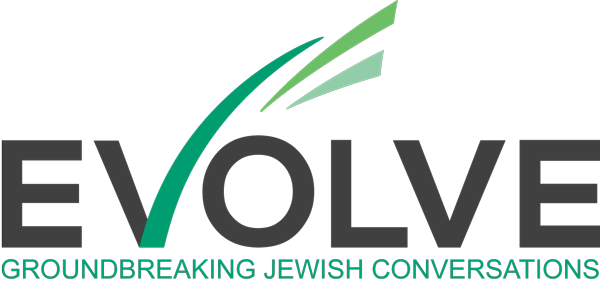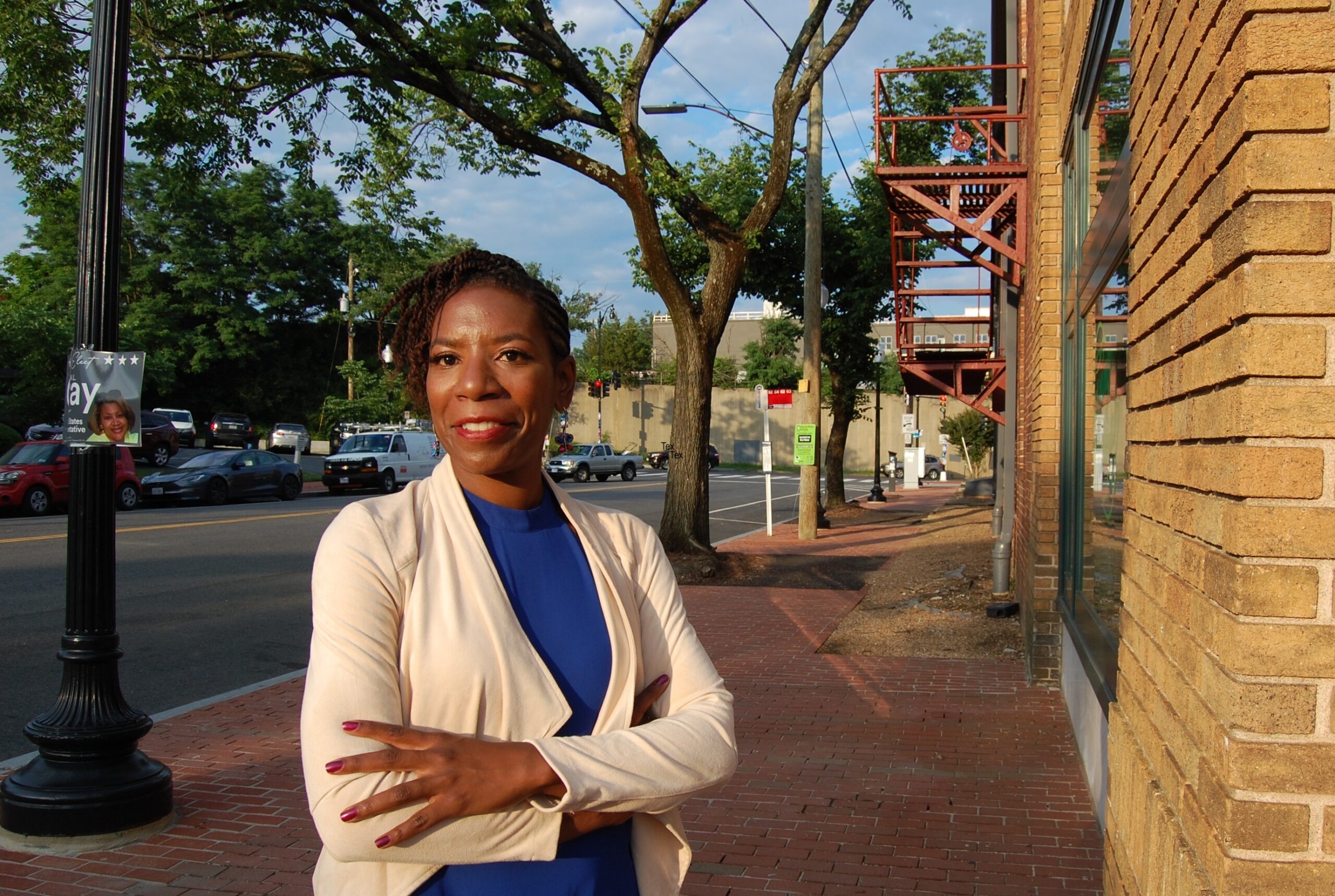The current direct assault on DEI programs and policies in the United States threatens to harm basic elements of the fabric of American democracy. Unfortunately, the increase in incidents of antisemitism has led many in the Jewish community to retreat from a commitment to DEI.
The JPro25 Conference will be held in early May in conjunction with the Jewish Federations of North America. This is an opportune moment for the leadership of the Jewish community to affirm our commitment to diversity and to take meaningful steps to ensure the Jewish community is inclusive of our great diversity and that it promotes deep belonging for everyone.
DEI in the larger society
While the term Diversity, Equity and Inclusion (DEI) is being derided by many at this moment, its history and goals are worth remembering. The early beginnings of diversity, equity, inclusion, accessibility and belonging was the establishment of the Equal Employment Opportunity Commission for government practices. This was then followed by Affirmative Action policies. Affirmative action began with the lofty goals of righting the wrongs committed by the U.S. government. The U.S. government’s role in systematically enslaving millions of people and depriving them of basic human rights of life, liberty and the pursuit of happiness. This inhumane system of forced slave labor, as well as subsequent laws and policies, led to the enrichment, power and standing of both individual citizens and this country as a whole, which we continue to collectively benefit from, albeit unequally.
The goals of affirmative action morphed from addressing the harms of U.S. slavery to broader diversity by including categories of race, color, religion, sex or national origin. By also including sex and religion, affirmative action and diversity, equity, inclusion, accessibility and belonging has greatly benefited white women and white Jews. It bears remembering that diversity means “the representation, in a group, of various facets of identity, including (but not limited to) race, ethnicity, nationality, gender identity, LGBTQ+ status, socioeconomic status, ability, religion, and age.” Advocacy and practices around diversity, equity, inclusion, accessibility and belonging in all its historical forms has led to greater access for people who hold the targeted identities listed in the definition. These efforts have provided access to education, housing, jobs, marriage and health care, to name a few. At the center, diversity, equity, inclusion, accessibility and belonging is the work of collective liberation.
‘Until we are all free, none of us are free’
Freedom and liberation are powerful motivators for people. Consider the impassioned words of Singbe Pieh, renamed Joseph Cinque, who in 1839 exclaimed, “Give us free! Give us free!” In 1883, Emma Lazarus wrote, “Until we are all free, none of us are free.” We will not be free until we are all free. How many times have we heard the sentiment that our collective freedom is tied to everyone’s freedom? Yet, how often do we pause to reflect deeply on this ideal?
Historically, when one group’s freedoms are restricted, restrictions on other groups’ freedoms follow. When we remain silent or when we do not act, it is not only that members within our community are harmed or that we are all at greater risk, no matter our identities. It is also that our psyches and souls are harmed. The literal theft of enslaved African humans for the enrichment of their many captors entangled the captors, enslavers and an entire citizenship in bondage because all benefited from the forced labor of those enslaved. While acknowledging that in no way are these harms equivalent, it’s crucial to recognize that when we read Pieh’s use of “us,” we expand it so that it does encompass the entirety of society. Lazarus’s plea for Jews to live free from fear and harm underscores a profound truth: The freedom of one group is inextricably linked to the freedom of all. The liberation of Black, Indigenous, People of Color, LGBTQ+ folks, women, Jews, those with low incomes and those who hold targeted or disadvantaged identities are deeply interconnected.
The tool of diversity, equity, inclusion, accessibility and belonging has been used in the past at both the government level and within our community to reduce barriers and provide access for all matter of things. The current administration’s message, however, is that diversity, equity, inclusion, accessibility and belonging is an evil movement that must be stopped.
As the pushback and rollbacks around diversity, equity, inclusion, accessibility and belonging continue, people who have been historically targeted are now further singled out. People with targeted identities are being erased on government websites in the name of ending diversity, equity, accessibility and inclusion. Life-affirming and lifesaving health care, recreation and movement in public spaces have specifically targeted transgender folks. Laws are preventing access to lifesaving comprehensive health care for pregnant people. The executive order banning the use of diversity, equity and inclusion initiatives by the government has also led to corporations and universities being pressured and coerced to follow suit. One of many such examples is Goldman Sachs, which has rescinded a policy to help ensure that corporate boards they interface with have at least one woman on the board.
The Jewish commitment to DEI
For our Jewish community, the significant increase in anti-Jewish hate and exclusion has paradoxically played a role in more people participating in Jewish community and further splintering our community. The trauma of the many genocides and expulsions over the centuries is part of our collective experience. It is understandable that when safety is at risk, there is greater demand to be a more tightly knit community with higher walls and tests for entry.
Mind you, we have always been a multiracial multiethnic community with many beliefs and experiences. There has never been a time where we spoke and believed in complete unity. At the same time, this moment seems different because many of us are living with the fear that to be Jewish today in the United States is less certain and more dangerous than just two years ago and possibly even more perilous than several months ago. Many of us are living in fear that our loved ones will be targeted by racism or genderism or sexism or ableism, or that they will be disappeared … or, or, or. At the same time, a tool that has been used to provide some relief is being dismantled.
The vilification of diversity, equity, inclusion, accessibility and belonging has not only happened outside of our Jewish community. It has also occurred within our Jewish community. Those who blame diversity, equity and inclusion policies for antisemitism on college campuses are factually distorting the history, as well as the current goals and efforts of diversity, equity, inclusion, accessibility and belonging. It has also been used by the current administration to legitimize dismantling DEI efforts altogether. The weaponizing of antisemitism as a legitimate reason to end diversity, equity and inclusion efforts is illustrative of smokescreen antisemitism and is dangerous for our community. The fear of antisemitism is being used by some Jews as an excuse to stop and even reverse social progress for diversity for race, sex, LGBTQ+, ability. While there is always room for improvement, dismantling these efforts harms our own Jewish community, our neighbors and our society.
How do we help ensure that when that child wants to be a part of the Jewish community, either communally or as a future Jewish professional, that she sees others like herself?
Diversity, equity and inclusion goals have also been deemphasized in the Jewish professional sector. I believe this is in part due to attacks on diversity, equity and inclusion, and also because of increased concerns about antisemitism in the United States and beyond. How do we implement our own values, and create places and spaces that value human diversity, making certain that policies and outcomes reflect equity in human dignity — that Jews in all of our diversity are present, and know that each person is wanted and needed for our community? How do we ensure that when Audre Lord said, “There is no such thing as a single-issue struggle because we do not live single-issue lives,” that we are honoring our Black Jewish cis-female gay child with a disability? How do we help ensure that when that child wants to be a part of the Jewish community either communally or as a future Jewish professional that she sees others like herself, and that there is a strong collective sense of belonging for everyone in those Jewish spaces? I say our child because our value is l’dor v’dor; We should be thinking about all of our children, now and into the future. She is ours to take care of and nurture. It is our community, to be shaped by us in ways that foster that shared belonging.
Let’s continue to build Jewish organizations, spaces and places that are diverse, equitable, inclusive and accessible, so that people who wish to enter a Jewish communal or professional space feel a deep sense of belonging.
More than 80% of people in the United States view diversity, equity and inclusion efforts as positive and worthwhile. While I haven’t seen data specifically asking Jews about our current feelings and beliefs about diversity, equity and inclusion, I suspect that the vast majority of us also agree that these efforts align with our values and are worthwhile. It’s hard to fathom that many folks would say, “I do not want our Jewish spaces and places to be reflective of our Jewish society, and I do not want our spaces and places to be inclusive, equitable or accessible.” But what does it mean to continue to build and aspire towards Jewish organizations, spaces and places that are diverse, equitable, inclusive with access needs met and people who wish to enter a Jewish communal or professional space feeling a deep sense of belonging. These goals continue to be aspirational, and there is concern that less time and effort have gone to working towards diversity, equity, inclusion, accessibility and belonging.
The data
It is important to become familiar with studies that have recently appraised the place of Jews of Color within the Jewish community. In three offerings, we are provided with valuable stories and data that helps our entire community better understand the experiences of Jews of Color. These studies highlight the ongoing need for Jewish spaces to be inclusive and reflective of all members, emphasizing the importance of listening to and responding to the diverse voices within our community.
Key Findings from the Jews of Color Initiative (JoCI) Pulse Survey:
- 70% of respondents reported that anti-DEI policies have directly impacted their funding and programming, leading to funding freezes, shifts in organizational priorities and changes in communication language.
- 25 respondents noted the loss of critical resources due to the rollback of DEI priorities.
- Organizations focused on immigration, refugee resettlement and LGBTQ+ inclusion are particularly vulnerable.
Key Findings from JoCI Beyond the Count:
- 80% of survey respondents experienced discrimination in Jewish settings.
- 65% felt that American Jewish leaders were either “poorly” or “very poorly” addressing racism within the American Jewish community.
Key Findings from the Keshet LGBTQ+ Study:
- 83% of respondents agreed or strongly agreed that their sense of belonging in the Jewish community has been negatively impacted by situations related to their sexual orientation, gender expression, race or ethnicity.
- 89% of respondents encountered microaggressions or stigmatizing perceptions in Jewish spaces, with 50% reporting that these incidents occur frequently or very frequently.
- 86% of respondents disagreed or strongly disagreed that there are sufficient support systems or resources for LGBTQ+ Jews of Color.
- One respondent described their experiences in Jewish spaces as “exhausting but also an opportunity to build bridges,” emphasizing the need for “support and affirming spaces” and allies among straight/cis Jews of Color.
I have such gratitude for people responding to these surveys in order to share and amplify the needs of our whole community. I also know that there are many other stories that haven’t been shared. We have more to do. What has been done is not enough. We as a Jewish community do not want these experiences to keep happening in our community. As the history of the United States and our Jewish community continues to be written each day, reaching for collective liberation means we are reaching for the liberation of those respondents and those who didn’t respond — and the liberation of our children who hold greater multiple and varied identities than the generation before them.
What each of us can do
- Share your personal belief that we are a stronger community when we are diverse, equitable, inclusive, accessible and when we strive for each person to feel a greater sense of belonging because the work of DEIAB is collective liberation.
- Continue to learn about our community members’ experiences by reading the two reports listed above.
- Follow and support organizations that are working towards the goal of belonging.
- Continue to ask our professional and communal institutions what they are doing to further the goals of diversity, equity, inclusion, accessibility and belonging. Encourage them to continue to work at this, even when mistakes are made. In other words, it’s time to speak as loudly and clearly as we can for what we as a collective believe and want for l’dor v’dor (generations to come).







